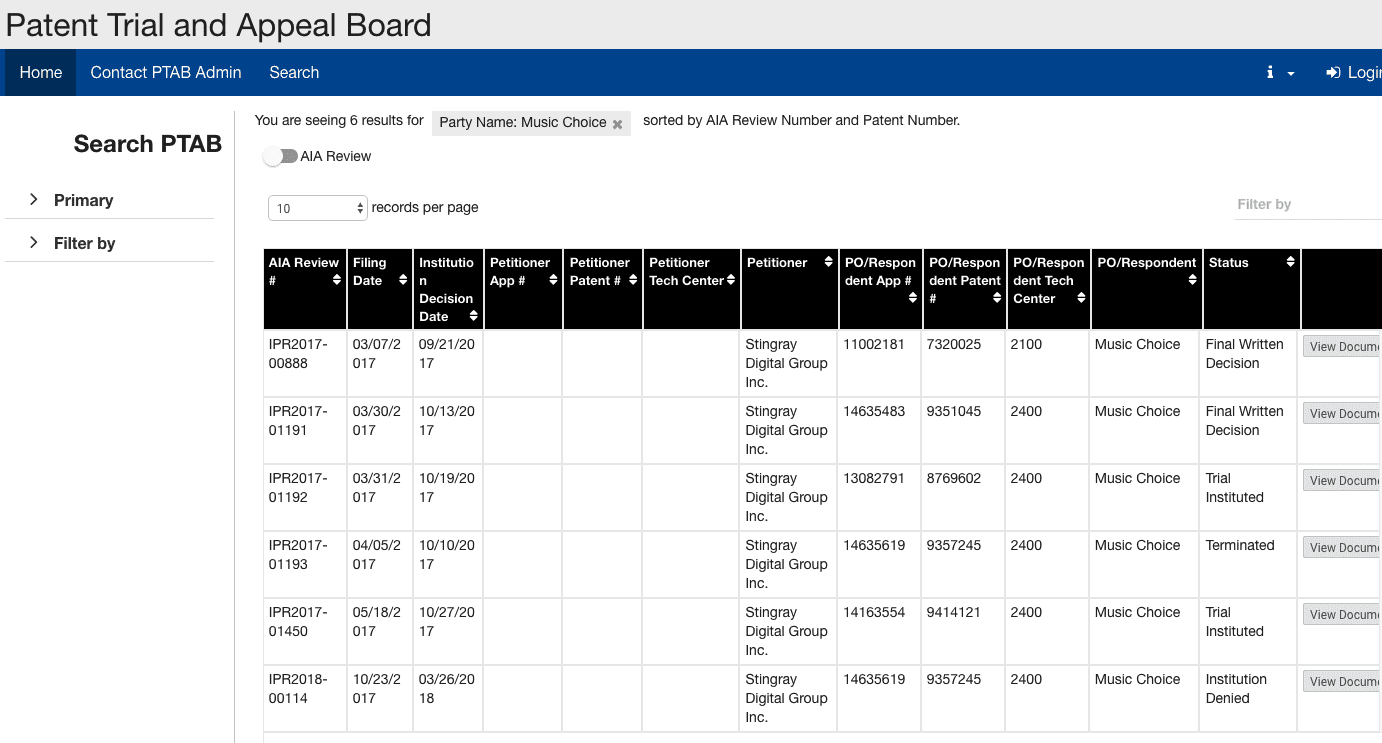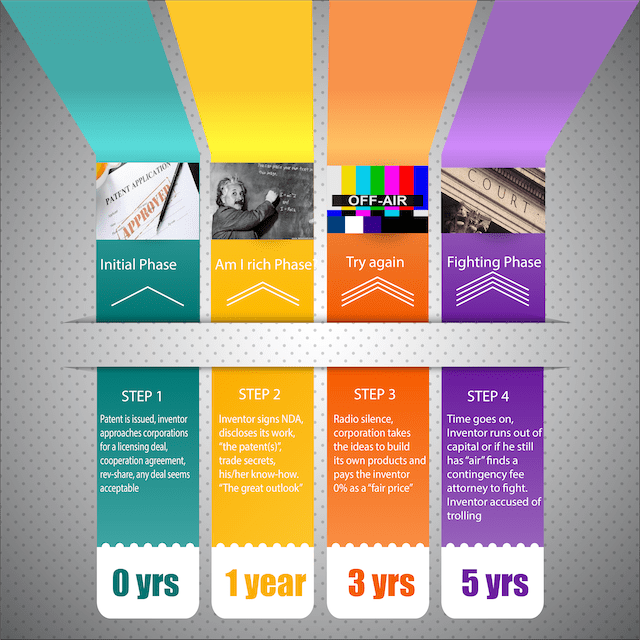


American Innovation Cycle: Challenges and Phases (IPR era)
July 4, 2017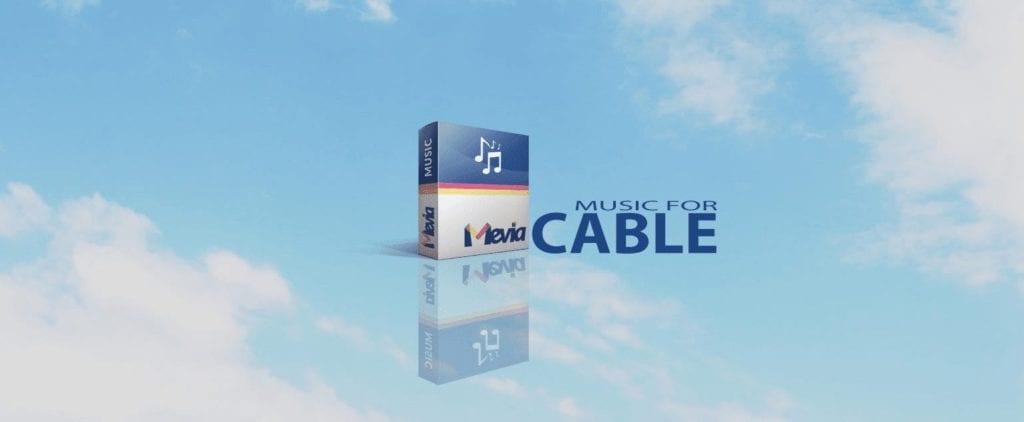


Music for Cable Re-Launch
July 13, 2017Music Choice vs Stingray Digital – Case 2:16-cv-586-JRG-RSP
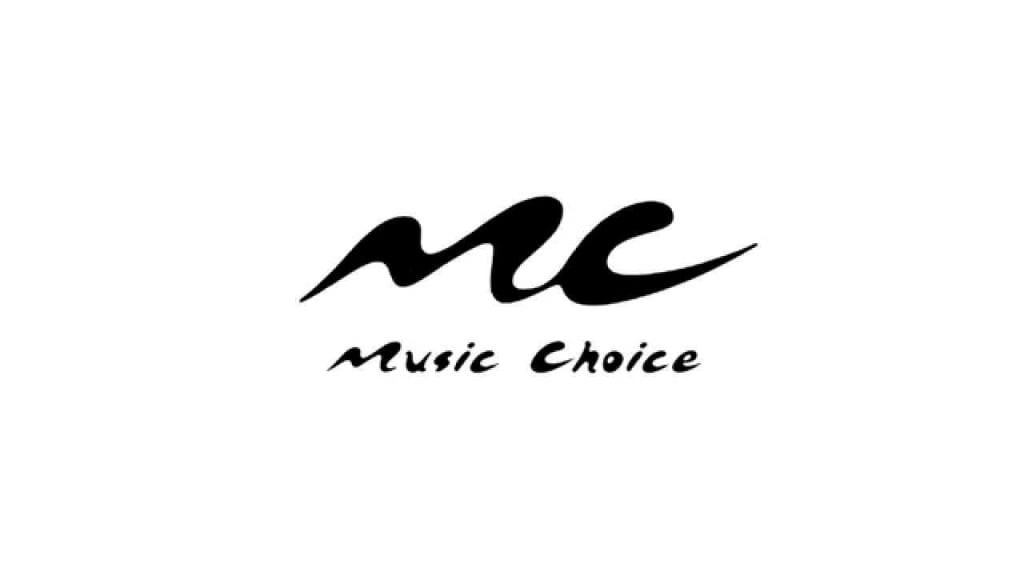

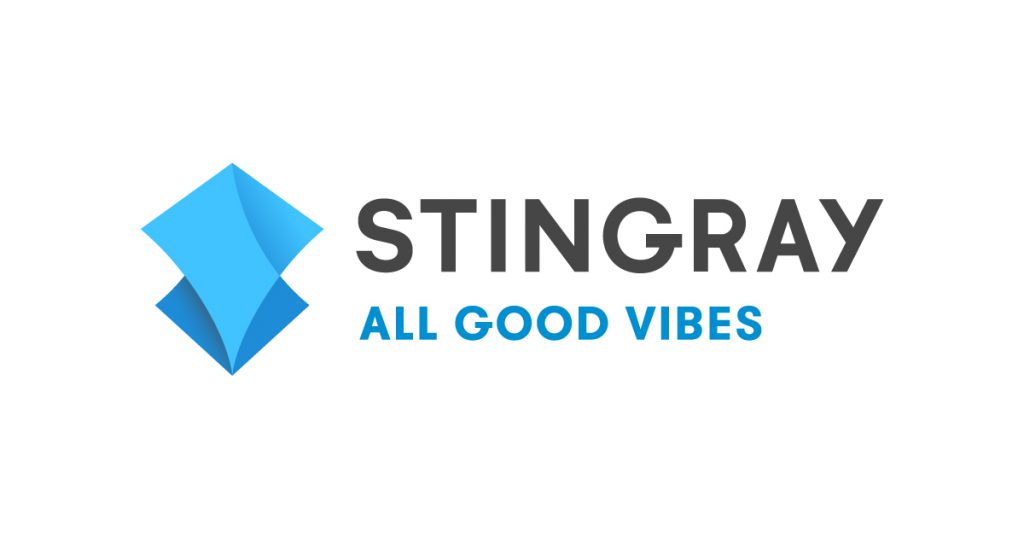

Music Choice vs Stingray is a case taking place in the E.D. of Texas. We will discuss in the article, the judge’s order (Judge Roy Payne) and memorandum regarding all the claims terms and its construction. As expected, the judge went for:
“[C]laims ‘must be read in view of the specification, of which they are a part.’” Id. (quoting Markman v. Westview Instruments, Inc., 52 F.3d 967, 979 (Fed. Cir. 1995) (en banc)). “[T]he specification ‘is always highly relevant to the claim construction analysis.
As in many cases, this was also the case as well, here the order/memorandum available online:
[spiderpowa-pdf src=”http://edwinhernandez.com/wp-content/uploads/2017/07/Music_Choice_v_Stingray_Digital_Group_Inc__txedce-16-00586__0145.0.pdf”]Music_Choice_v_Stingray_Digital_Group_Inc__txedce-16-00586__0145.0
As shown, in all cases where Music Choice made a simple term definition, Judge Payne went for the simplest and more appropriate meaning to the words. Music Choice won pretty much all terms in their favor and in all “indefinite” arguments did not move an inch in favor of Stingray. Hence the judge also sided with Music Choice’s arguments and claim construction. For instance:
- What was the goal on trying to interpret a Cable TV system as it if was not a digital system? I don’t really understand why Greenberg did not agree to this simple term? And the judge sided with Music Choice: “Accordingly, the Court rejects Defendants’ proposed “not a digital network” and “signal” limitations and determines the transmission-system terms have their plain and ordinary meaning without the need for further construction.” The claim recites a first transmission and a second transmission system,
- The same thing with “multicast,” this is a well-known term in all Cable TV systems, where multicasting is used to transmit all Linear TV signals. “Accordingly, the Court rejects Defendants’ proposed “not a digital network” and “signal” limitations and determines the transmission-system terms have their plain and ordinary meaning without the need for further construction.”
- A very similar analysis is found with the term “trigger message” where the judge sided with the same simple meaning as follows:” Accordingly, the Court construes “trigger message” as follows: “trigger message” means “message configured to initiate an action”
- And you can find a very similar argument for most of the terms in dispute.
All the evidence is sealed and there is no way to see exactly how these terms match the device in dispute, however, Music Choice’s attorneys should be prepared and if those terms were favorable to them, now one can asume that their evidence to match these terms is solid.
We will keep track on this case and how this develops, on a different note, Music Choice also got hit by Stingray with several IPRs:
Music Choice then has to defend the following IPR cases filed by Stingray Digital regarding this particular case:
- Trial Number – IPR2017-01450
Filing Date – 5/18/2017
Patent # – 9,414,121
Title – SYSTEMS AND METHODS FOR PROVIDING AN ON-DEMAND ENTERTAINMENT SERVICE
Patent Owner – MUSIC CHOICE
Petitioner – Stingray Digital Group Inc.
Tech Center – 2400 - Trial Number – IPR2017-01192
Filing Date – 3/31/2017
Patent # – 8,769,602
Title – SYSTEM AND METHOD FOR PROVIDING AN INTERACTIVE, VISUAL COMPLEMENT TO AN AUDIO PROGRAM
Patent Owner – MUSIC CHOICE
Petitioner – Stingray Digital Group Inc.
Tech Center – 2400 - Trial Number – IPR2017-01191
Filing Date – 3/30/2017
Patent # – 9,351,045
Title – SYSTEMS AND METHODS FOR PROVIDING A BROADCAST ENTERTAINMENT SERVICE AND AN ON-DEMAND ENTERTAINMENT SERVICE
Patent Owner – MUSIC CHOICE
Petitioner – Stingray Digital Group Inc.
Tech Center – 2400 - And maybe others http://www.gbpatent.com/content/uploads/IPR.pdf
For example we found: http://ptolitigationcenter.com/2017/05/pto-litigation-report-may-19-2017/
Disclosure: EGLA, which I own, provided a platform for DMX for digital music distribution. Stingray acquired DMX Music but not our technology and kept its own music delivery system, the infringing system now. However, EGLA owns a patented technology that is called “CLOUD to CABLE TV“ that enables delivery of linear music channels to Cable TV subscribers in a more clever, fault-tolerant, and efficient way than these patents disputed here. Source: http://edwinhernandez.com/2016/08/01/platform-nternet-tv-music/
and,
Patent for the Cloud to Cable TV – WIPO Format
EGLA CORP has a patented technology, superior to all the patented technologies out there, that brings the Cloud -based systems and generated images for music and TV channels that can be overlapped. The Cloud to Cable TV system provides:
- A system to convert HTML5 to Video, MPEG-4 or MPEG2Video, or H.265
- A fault-tolerant system for MVPD and MSO’s – Cable TV Systems
- Streaming for M3U8, HTTP Streaming, and compatible with other technologies
- Virtualized TV in a box system with Cloud
The device is called MediaPlug and also contains other Management APIs, as well as a good implementation tested with:
- Cisco
- Ericsson
- Huawei
- and Many other multi-plexers
Advantages over all other systems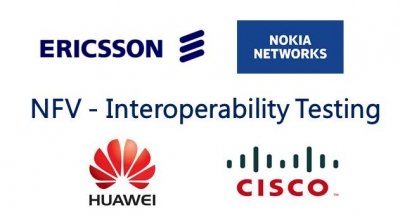
There is no dependency into any Set Top Box or DOCSIS 2.0, DOCSIS 3.0, or other MPEG frames or dependencies in changes to STB.
All the systems, are fault-tolerant and enable great reliability and remote management system for all distribution devices
Uses standard DSL/Cable Modem technologies with the system to deliver 50, 100, 200 music channels, and 10-20 HD/SD/4K TV Channels.
Many more advantages that are benefit DRM security, provisioning, and tracking for media playback.

